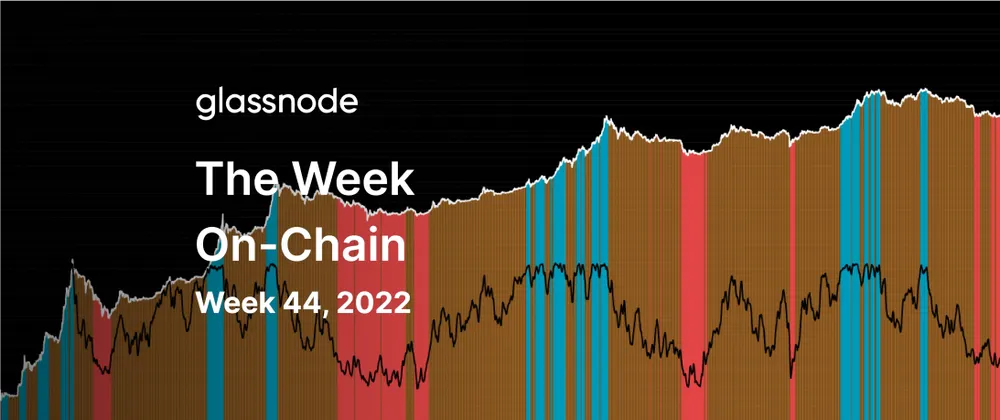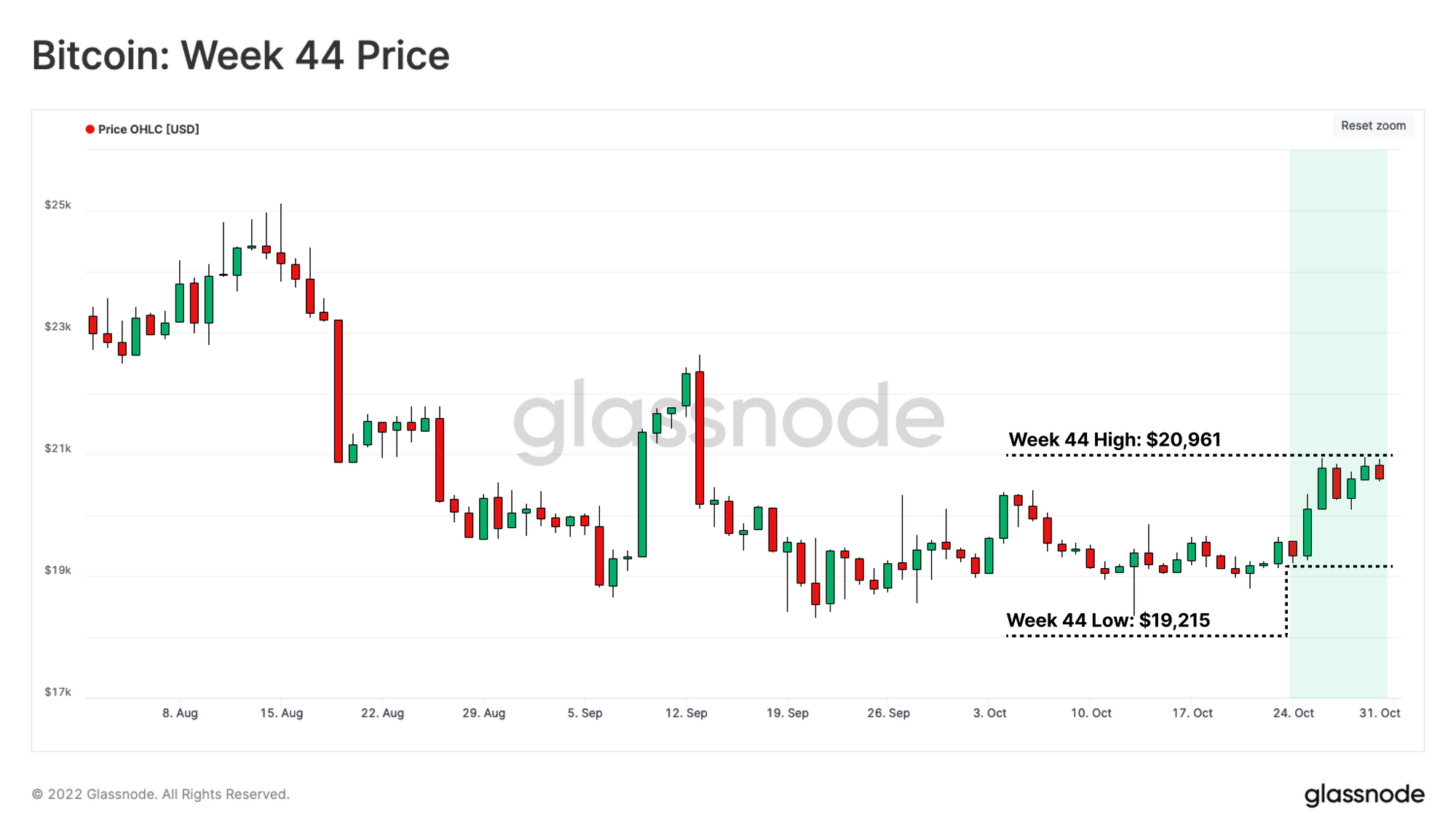Hammering Out The Bottom
Bitcoin has rallied back above the key $20k psychological level this week, after many months of extremely low volatility. In this edition, we analyse how Bitcoin may be hammering out a near-textbook bear market floor, and what risks may lay on the road ahead.

Bitcoin has rallied back above the $20k level this week, pushing off a low of $19,215, and trading as high as $20,961. After consolidating in an increasingly tight range since early September, this is the first relief rally in many months.
In this weeks edition, we will assess a suite of metrics which present a relatively consistent case for the market hammering out a Bitcoin bottom, with almost textbook resemblance to prior cycle lows. At this stage, the 2022 bear has inflicted severe financial loss, both on investors who have capitulated, and those who still weather the storm. The last remaining piece of the puzzle appears to be a component of duration, time, and ultimately, investor apathy.

Translations
This Week On-chain is now being translated into Spanish, Italian, Chinese, Japanese, Turkish, French, Portuguese, Farsi, Polish, Arabic, Russian, Vietnamese and Greek.
The Week Onchain Dashboard
The Week Onchain Newsletter has a live dashboard with all featured charts

